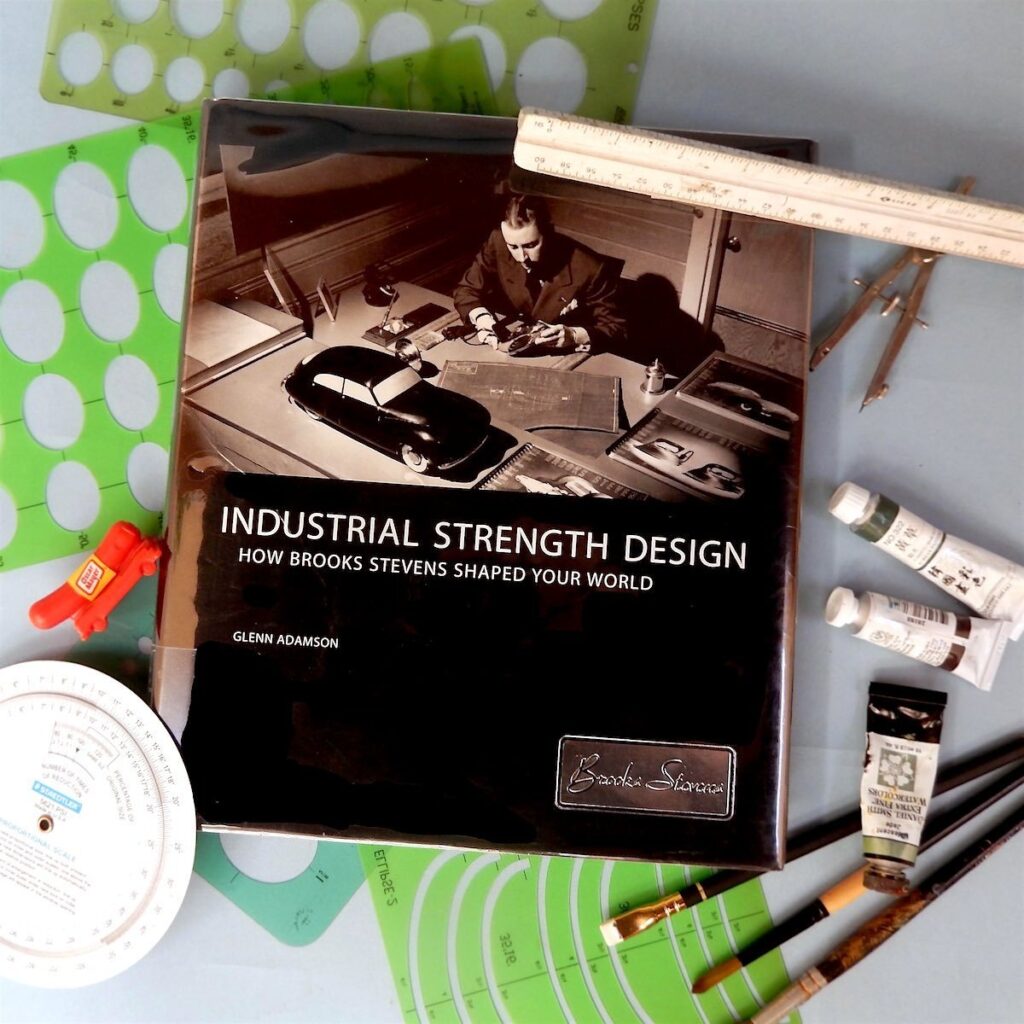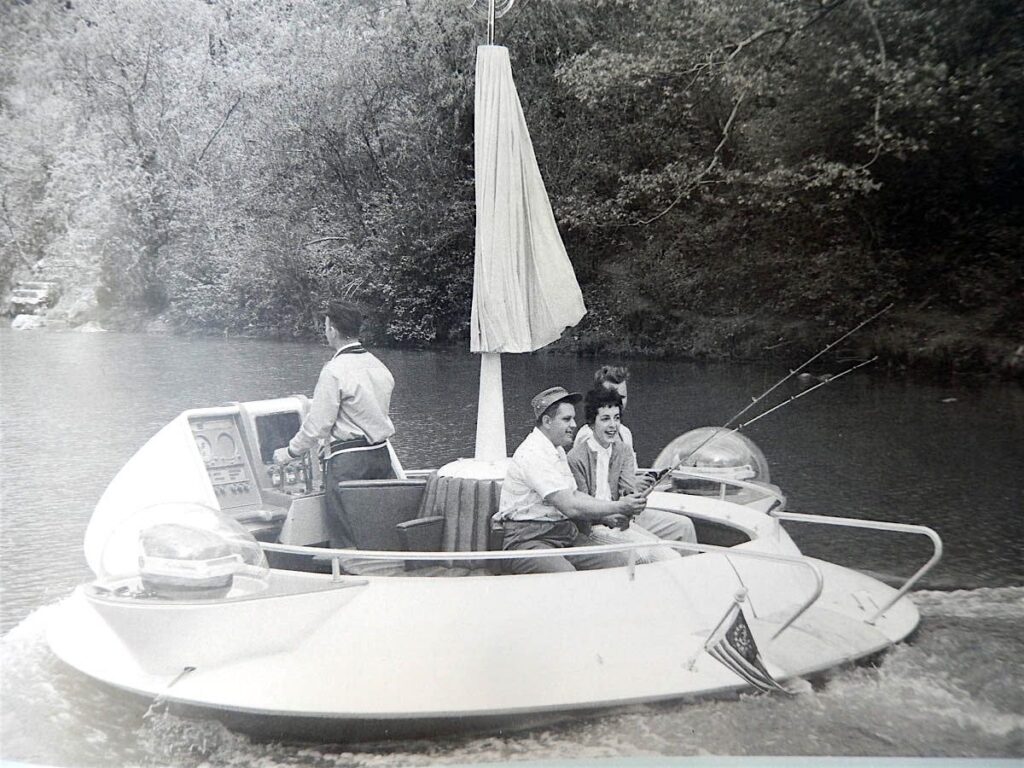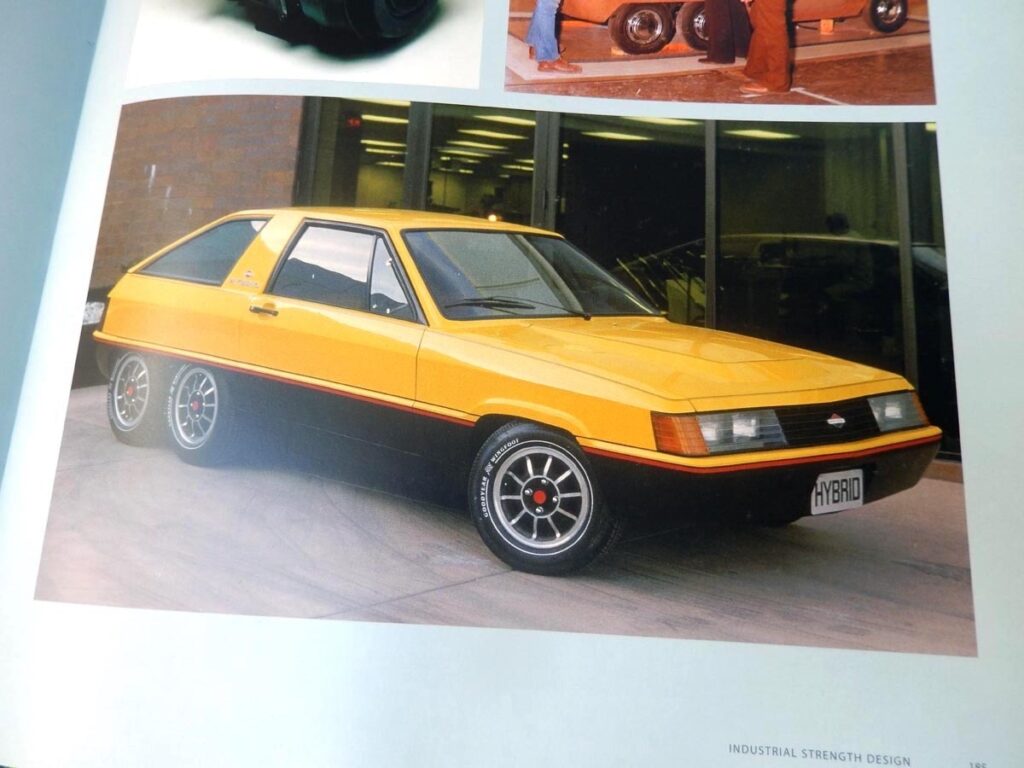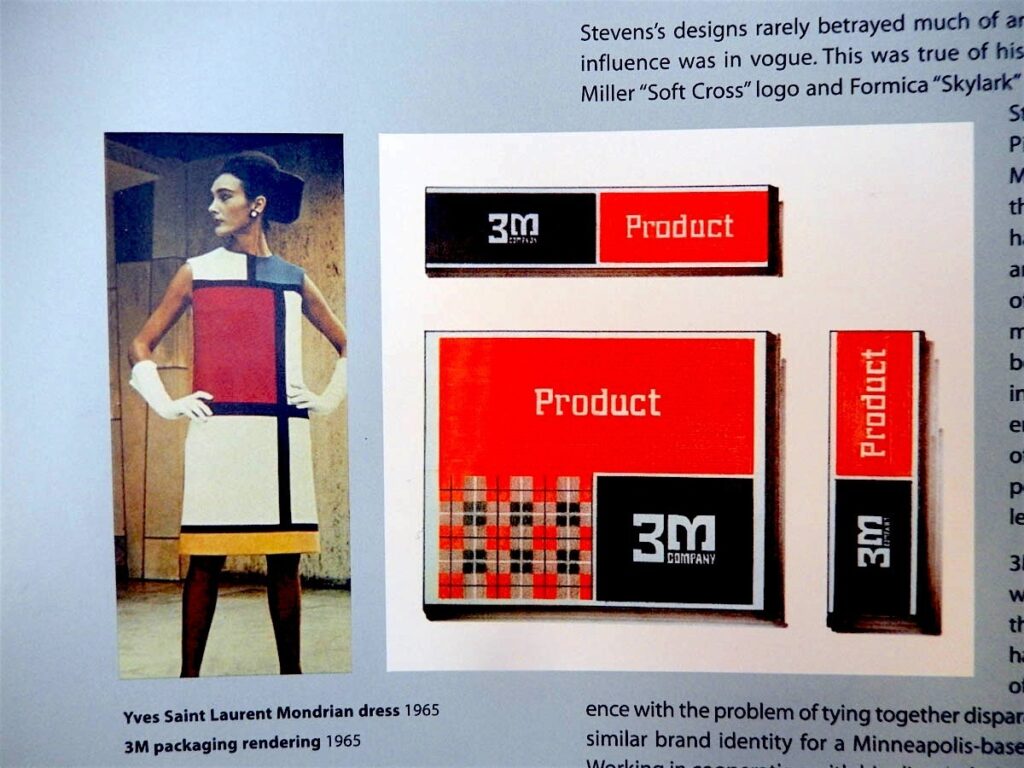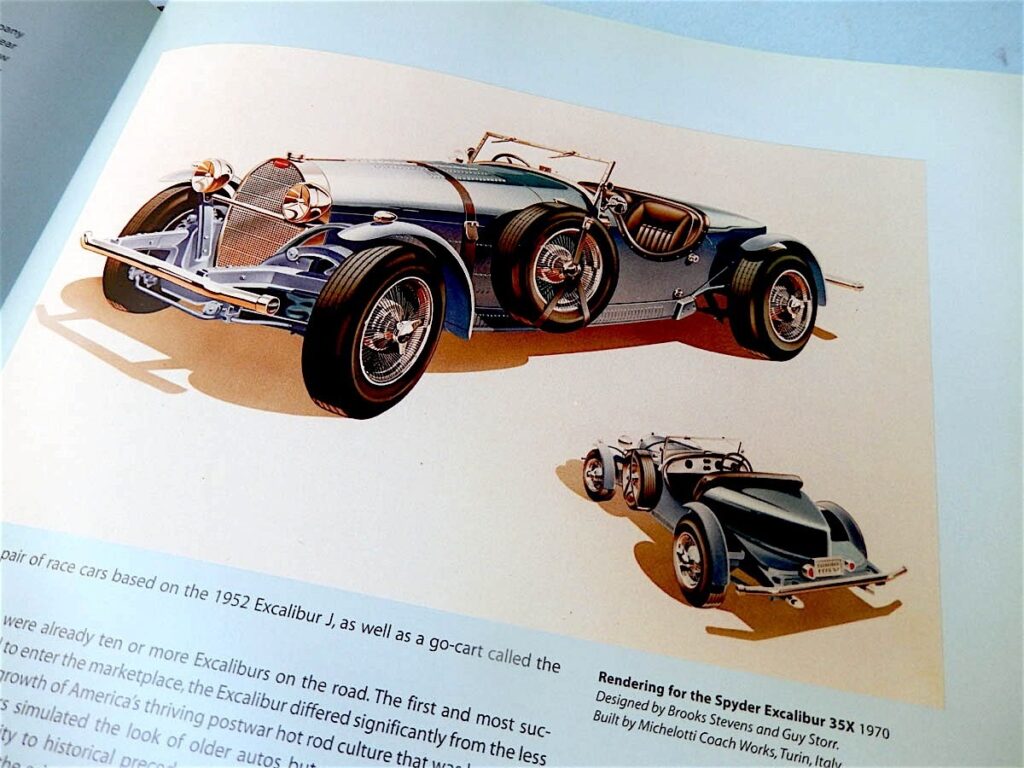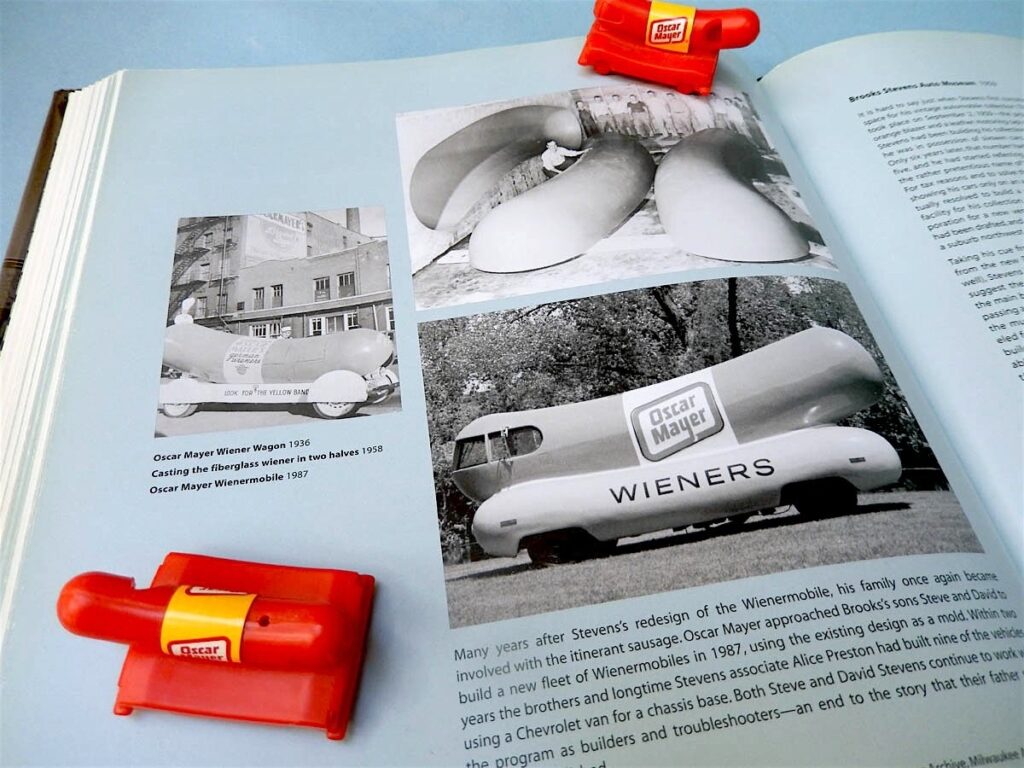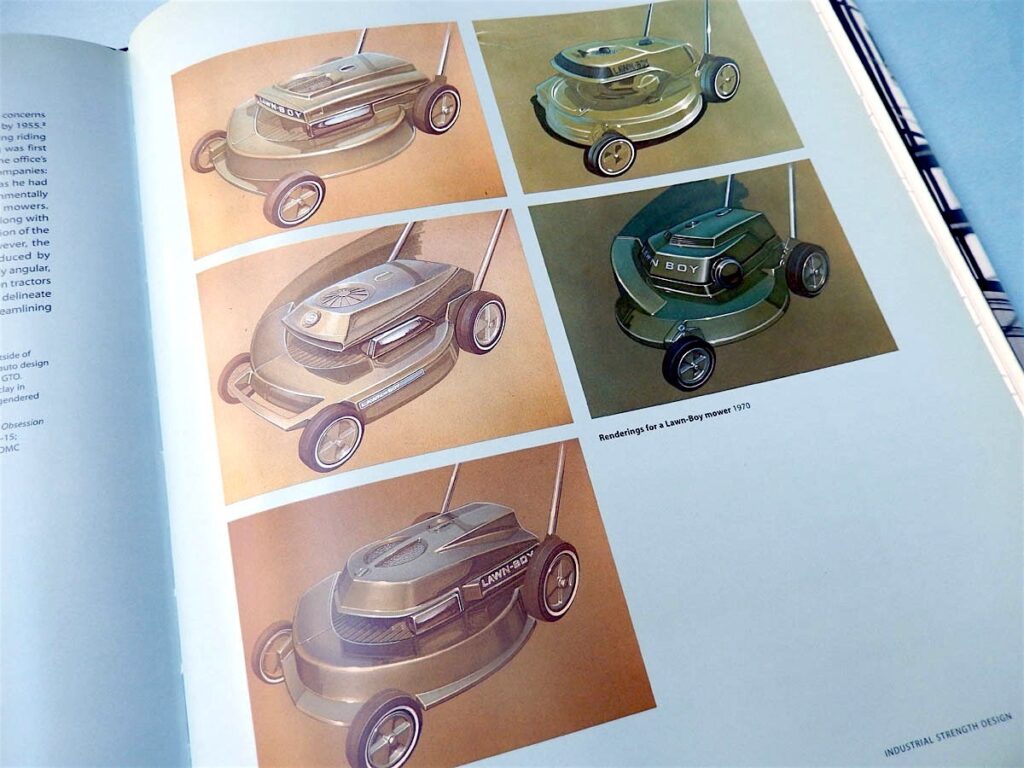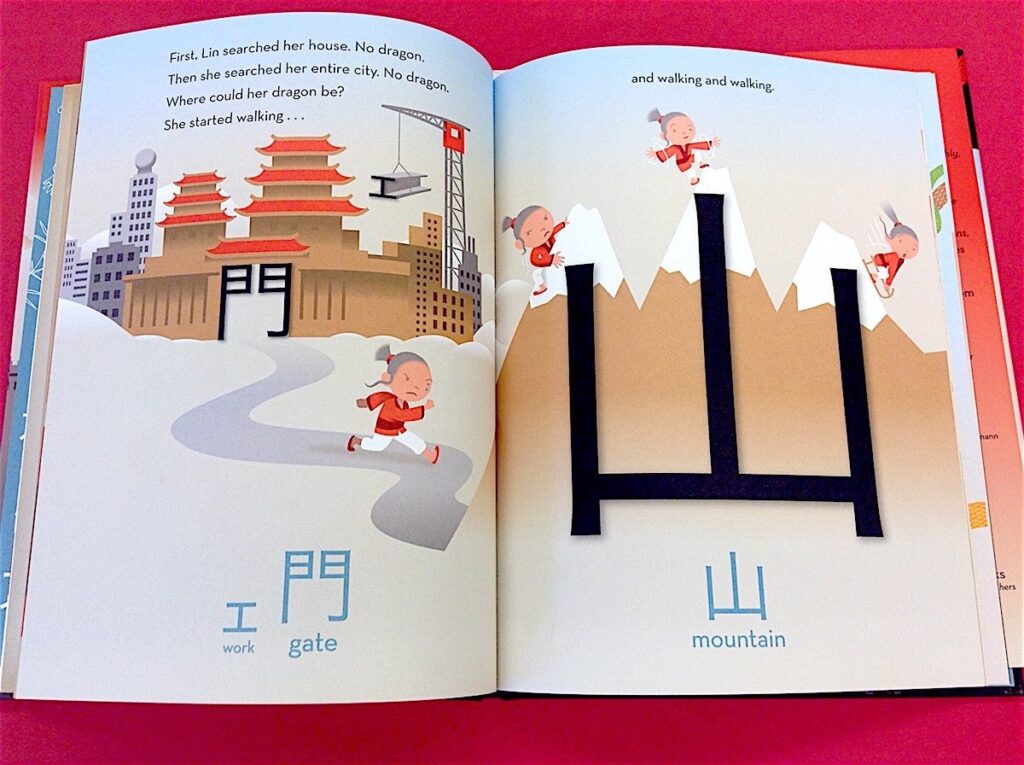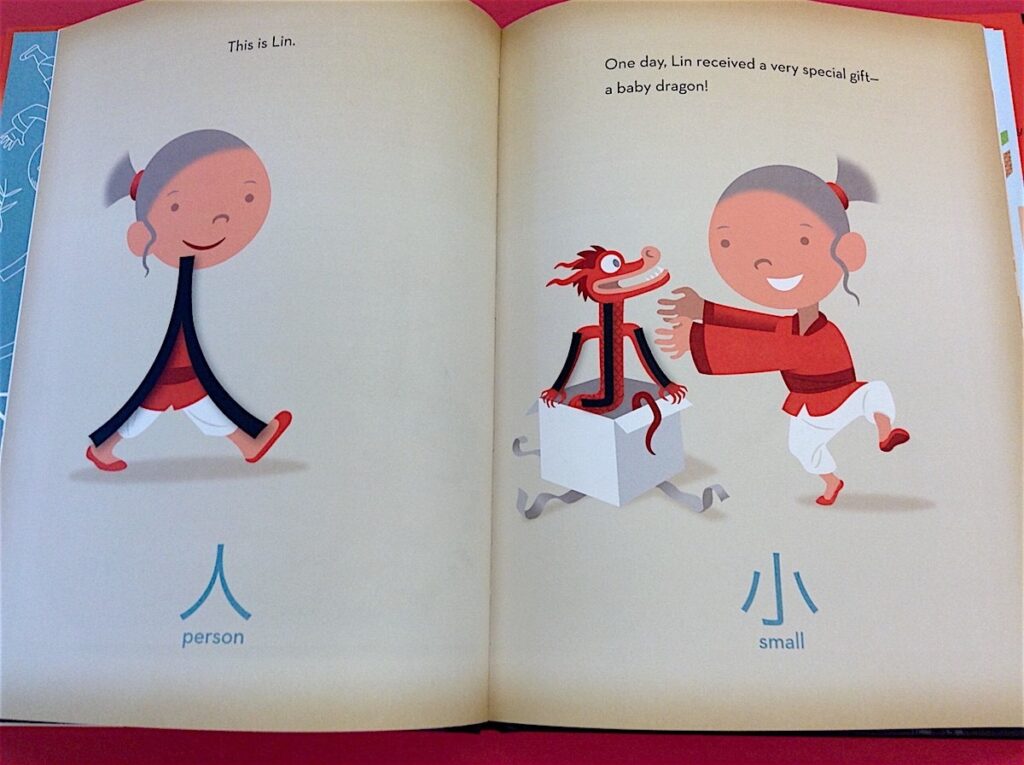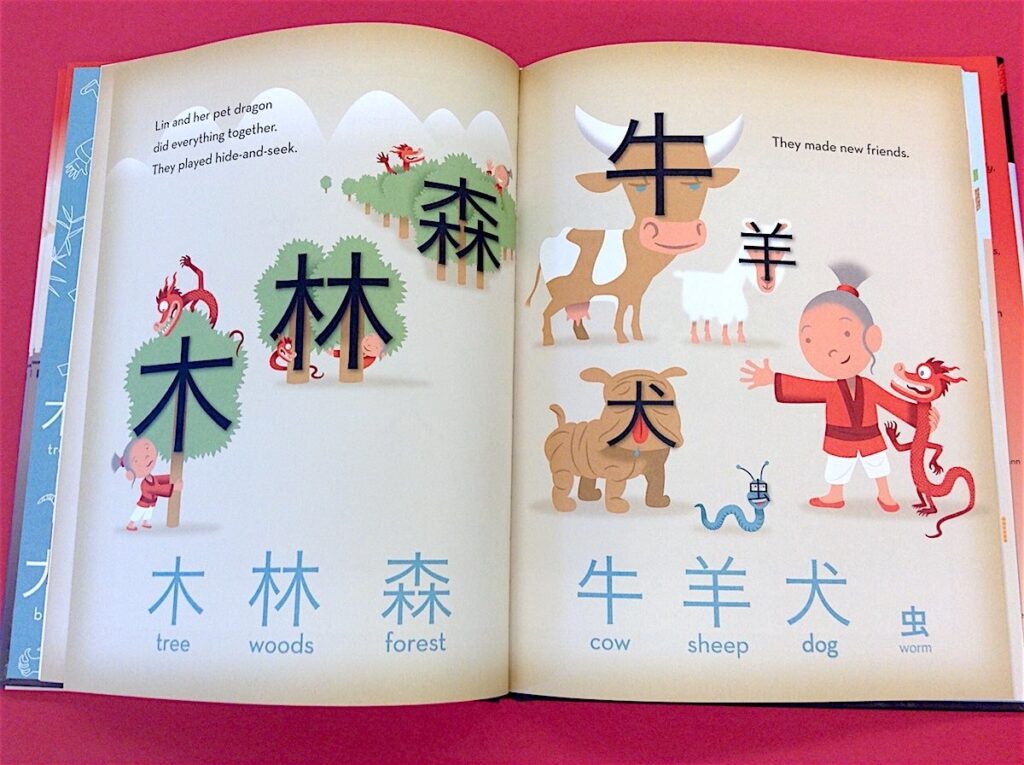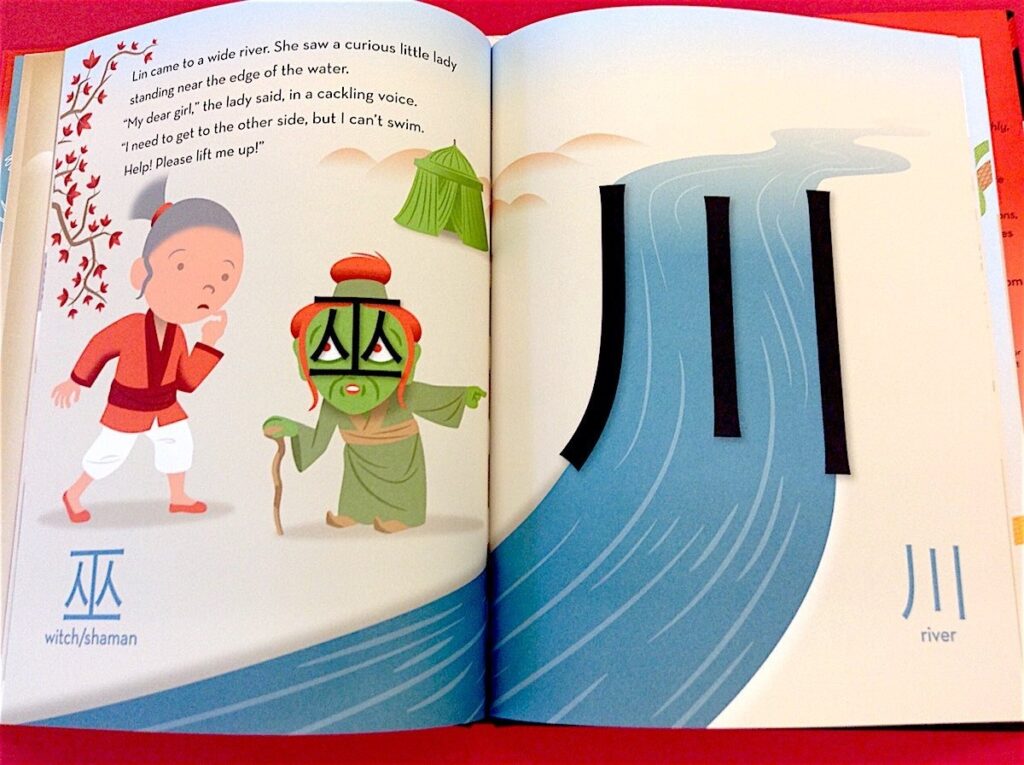Quick Molding with Sugru
Gareth's Tips, Tools, and Shop Tales - Issue #49
See the piece below on my Father’s Day tips drawing. Send me some “tips my dad says.”
Quick Molding with Sugru
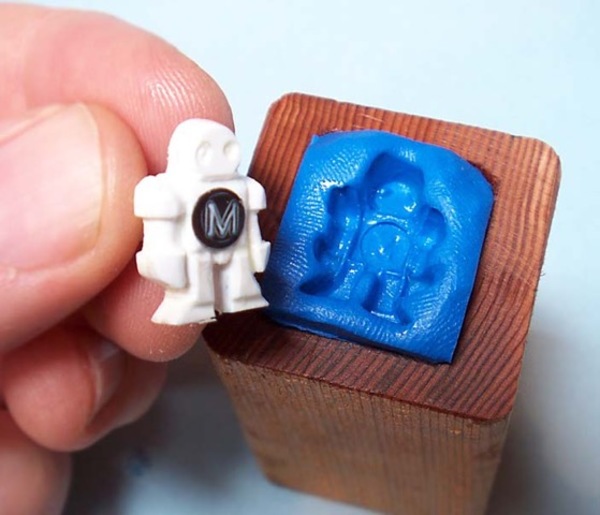
Making a good impression.
The always-informative and resourceful, Bob Knetzger, wrote in to share a quick n’ dirty molding and casting tip:
Here’s a trick I’ve used to duplicate small parts, especially things like injection molded game pieces or other detailed shapes.
I’ve had good results using Sugru as quick “open” cast mold making material. Usually it’s used to repair things as it grips firmly onto other materials, but if you carefully spray your original form with a mold release (like PAM cooking spray), you can make a nice mold. Knead together some Sugru as usual. (I put the Sugru in a small wood mold base cavity here). Then press the shape to be duplicated into the soft Sugru.Let it set overnight, then peel out the form. You’ll have a perfect mold and the semi-flexible Sugru will even allow for some mold undercuts. I’ve used this to cast low-temp metal to make small charms.
Instead of metal, I’ve also made polyethylene-like plastic parts using polycaprolactone (was called U Mold plastic back in Radio Shack days). Melt these colored-plastic pellets in HOT water, then press a blob of it into a mold (or just freeform it with your hands). When cool, you’ll have a tough plastic part that you can drill or trim. You can even find it in integral colors.
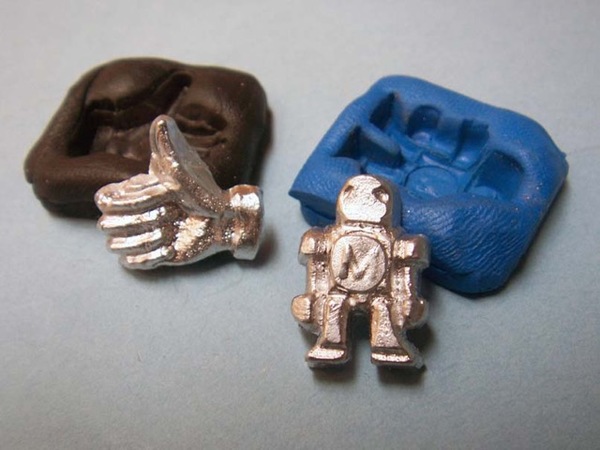
Quick ‘n dirty molding and casting with Sugru and low-melt casting metal.
Making a Rag-in-a-Can Oiler
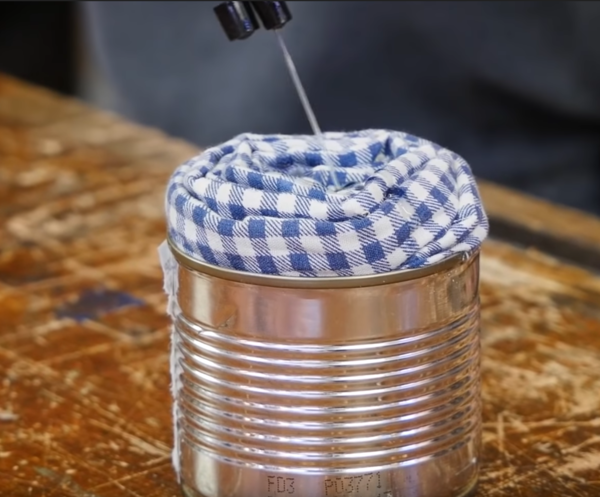
A simple lubrication applicator you can use for years.
By way of woodworker Paul Sellers comes this handy tip for creating a can oiler for lubricating flat surfaces like machine tables, saw blades, etc. Basically, you just stuff rags tightly into a small can (or plastic spray can lid) and then soak the rag with your favorite shop lubricant.
Working with Foam Clay
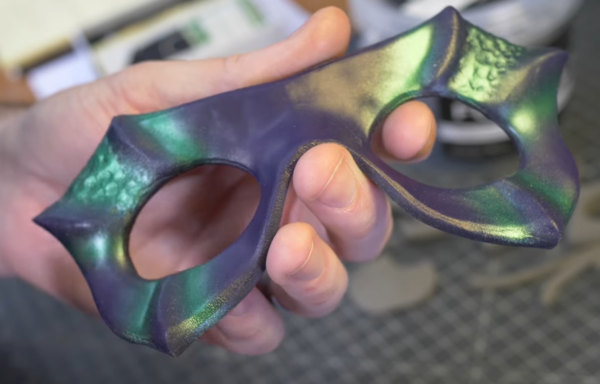
A foam you can sculpt, mold, sand, cut, etc. Cool.
I bumped into this video on Punished Props from last year on using Foam Clay, a type of sculpting foam that looks pretty impressive, versatile and easy to work with.
Toys!
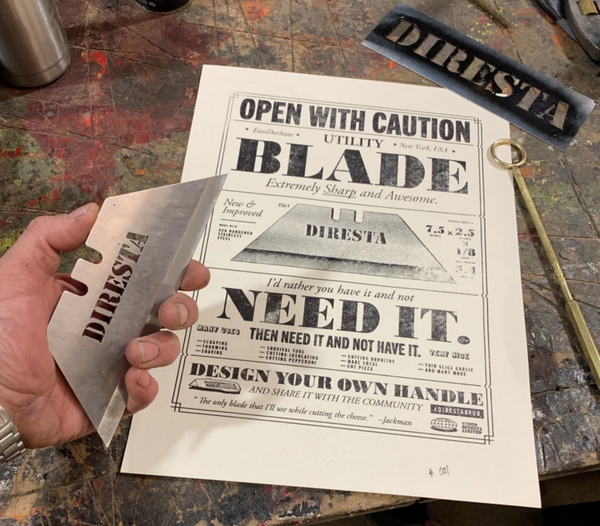
I want!
A Tour of Sophy Wong’s Studio
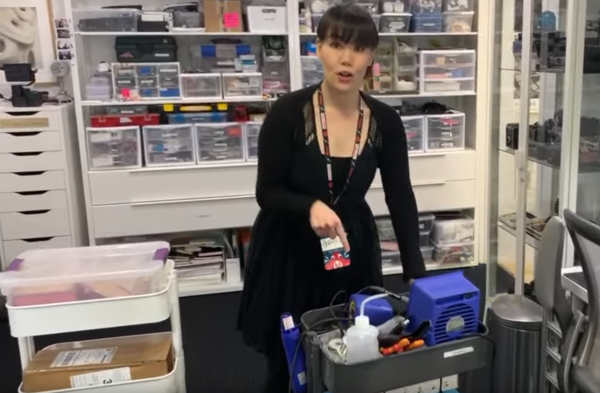
Check out Sophy’s well-organized shop.
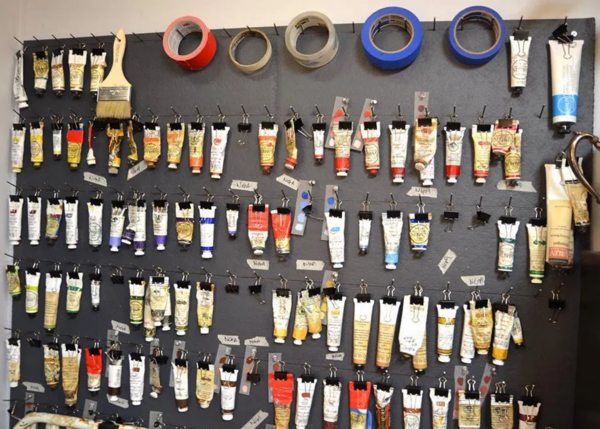
Binder clips. 1001 uses.
My friend, DC-area artist and musician, Bud Wilkinson, posted this image on Facebook several years ago and and commented: “Saw this in the studio of artist, Sarah Bentley, today. Brilliant use of binder clips!” Agreed. Using binder clips is a great way to hang things on pegboards when the thing you wish to hang has no hole in it. [Photo by Bud Wilkinson.]
Tips My Dad Says
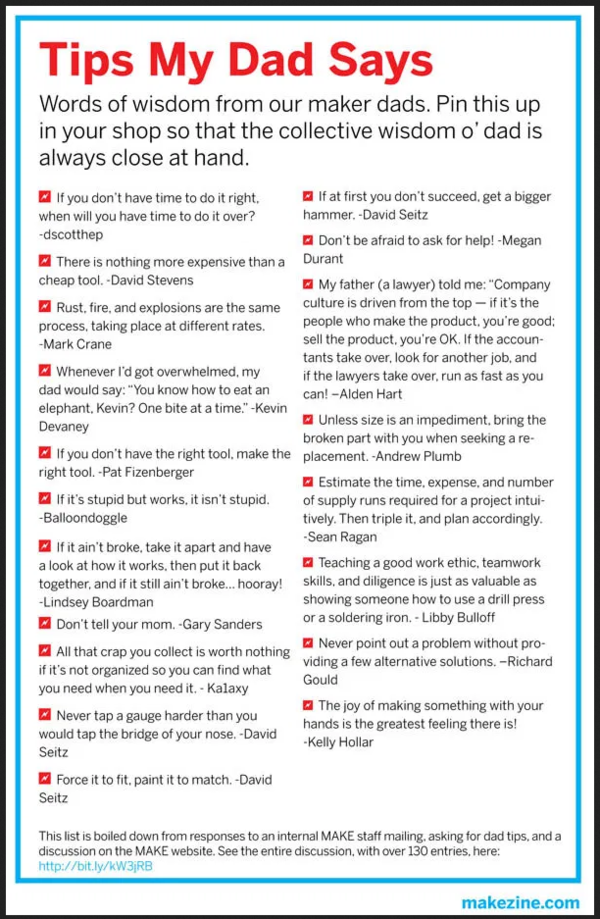
Words o’ wisdom from pops.
Years ago on Make:, we ran a Father’s Day contest where folks sent in words of maker wisdom from their fathers and grandfathers for a chance to win a Leatherman tool. Many of the submissions were wonderful, so much so that we decided to print them as the above cards you could hang in your shop. This year, I would like to do a similar contest here. Send me a tip you learned from your father or grandfather and I will post the best of them the week of Father’s Day. I will also pick someone at random and send them an autographed copy of my book.
Shop Talk
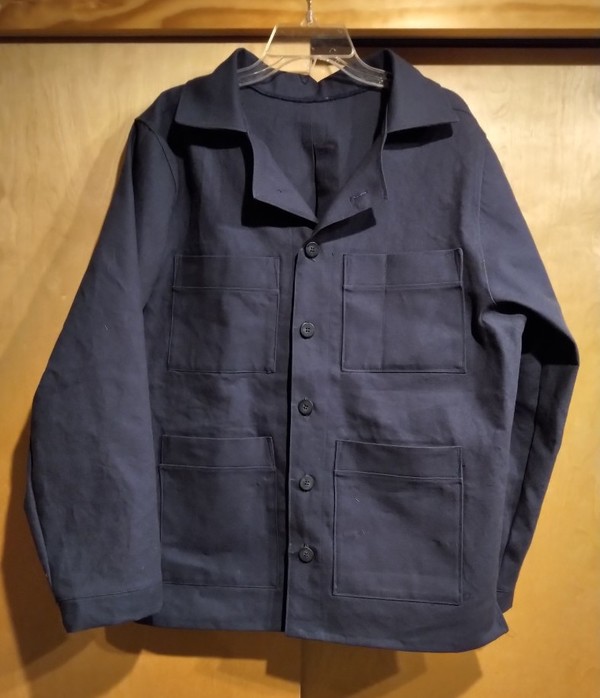
DIY “Chore Coat”
In response to our “maker sartorial” discussion, reader Elliott “Eeyore” Evans writes:
After seeing a garment similar to this one being sold by Chris Schwarz out of his woodworking blog’s store, I decided to make a chore coat for myself.
This has been a great investment of time and materials. I was wearing a polarfleece jacket to stay warm in an unheated shop, but polyester fleece sucks in sawdust. Cotton duck is smoother and vacuum-cleans much easier. When it’s really cold in the shop, I wear a sweatshirt underneath this.
After catching one of the pockets on a tool handle and nearly tearing it off, I’ve since added rivets to the top corners.
For footwear, I’m a big fan of Keen hard toe work shoes. I had a pair of Keen hiking boots, and they were super comfortable. The next time I needed hard toe shoes, I went Keen and have never regretted it. I own two different styles, and both are as comfortable as the hiking boots. Affordable, and not boring.
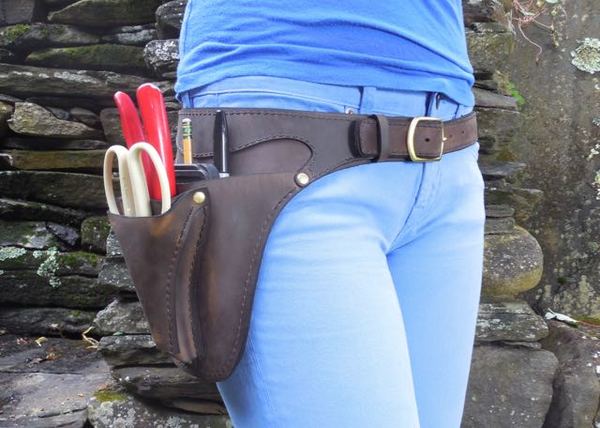
Pruning sheers at 20 paces.
Karen McBride from Woodkilton Studio writes. These are the best tool belts ever. Wheeler Munroe made me a custom belt for furniture making with holders for squares and pencils added to the basic belt. I just love her stuff. She’s a graduate of the College of the Redwoods furniture design program and made her first belt for herself. Her business took off from there.
06/11/20(Gareth’s Tips, Tools, and Shop Tales is published by Cool Tools Lab. To receive the newsletter a week early, sign up here. — editors)






